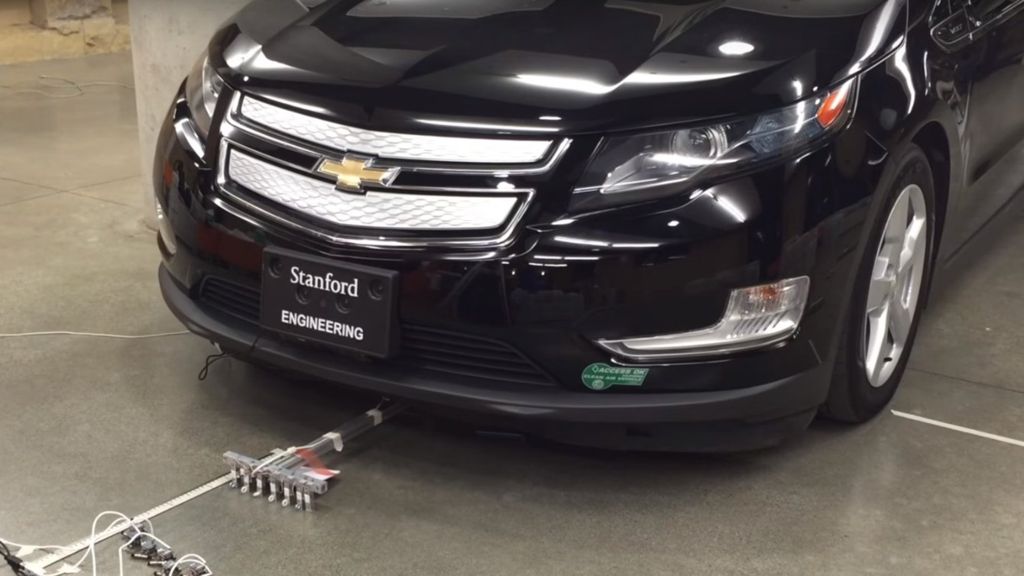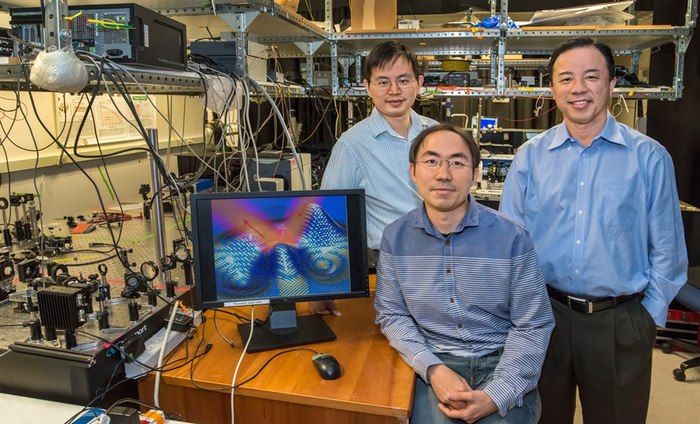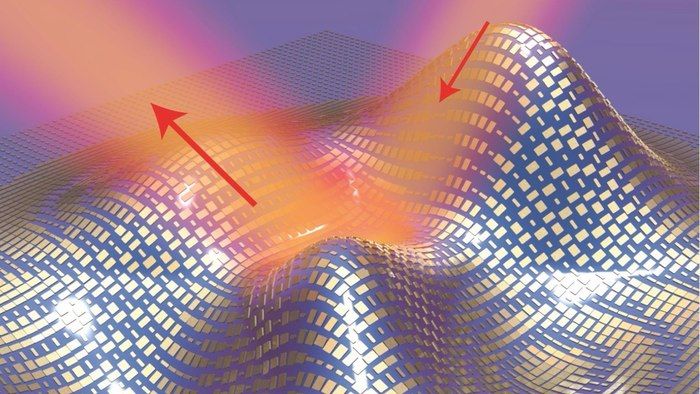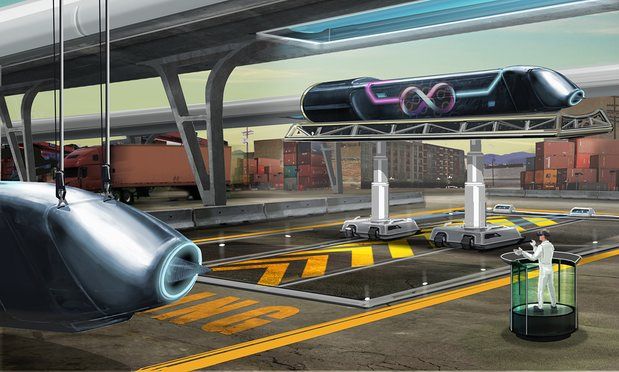CNET On Cars — Road to the Future- Airless tires.
Category: transportation – Page 618
Hankook’s Revolutionary Airless i-Flex Tire
IFlex — Airless Tire
Hankook’s Revolutionary Airless i-Flex Tire is Puncture-Proof and 95% Recyclable.
#Hankook #iFlex #Tire
Hankook iFlex Tire The Future of Tyre Design
Airless tires.
#Airless_tires are the next generation of tires waiting to take over the world. Recently, #Hankook_iFlex_tire underwent a series of high speed tests and that has helped us take a step closer to a future where tires without air would become a reality. It was company’s fifth attempt at launching #airless_tires into the market. Why is the company trying to do so and that too this religiously? Because of the multiple benefits that this gadget brings in comparison to the traditional tires.
#Hankook’s tire is far more energy efficient and can be recycled as well. The material that has been used by Hankook allows the company to reduce the production steps into half as compared to a conventional tire.
The #iFlex went through tests in five different categories; slalom, stability, hardness, durability and speed. An electric car was used for the tests and the team was able to get 130km/h from it without causing any damage to the tires. The iFlex was also able to match performance of any conventional tire during all these tests. The company has, so far, not released any more details of the tests though.
The #airless_tire is still in testing phase, however, one can’t deny that these tires offer a much better future. These tires do not pick up punctures and are also able to cut down on emissions during production and subsequent recycling.
DOE’s ARPA-E TERRA projects seek to accelerate sustainable energy crop development
ARPA-E creating sustainable energy crops for the production of renewable transportation fuels from biomass.
In Washington, the DOE’s ARPA-E TERRA projects seek to accelerate the development of sustainable energy crops for the production of renewable transportation fuels from biomass. To accomplish this, the projects uniquely integrate agriculture, information technology, and engineering communities to design and apply new tools for the development of improved varieties of energy sorghum. The TERRA project teams will create novel platforms to enhance methods for crop phenotyping (identifying and measuring the physical characteristics of plants) which are currently time-intensive and imprecise.
The new approaches will include automated methods for observing and recording characteristics of plants and advanced algorithms for analyzing data and predicting plant growth potential. The projects will also produce a large public database of sorghum genotypes, enabling the greater community of plant physiologists,
Bioinformaticians and geneticists to generate breakthroughs beyond TERRA. These innovations will accelerate the annual yield gains of traditional plant breeding and support the discovery of new crop traits that improve water productivity and nutrient use efficiency needed to improve the sustainability of bioenergy crops.

We Are Coming for You, Tesla, And You, Too, Google, Says Hacker Hotz
The legendary hacker George Hotz, known by his nom de guerre “geohot,” who first came to public attention by hacking Apple’s (AAPL) first iPhone, spoke this morning at the South by Southwest conference about taking on Tesla’s (TSLA) self-driving car initiatives with his own garage efforts, a talk titled “I built a better self-driving car than Tesla.”
By the end of the talk, it was clear he had numerous targets, including Alphabet’s (GOOGL) self-driving car efforts, despite mighty respect for the search giant.
Hotz’s achievement, rigging up home made parts to an Acura ILX to make it self-driving, first came to prominence with an article in mid-December by Bloomberg’s Ashlee Vance.

Tiny robot ants pull car with teamwork
This is extremely interesting and innovating to me. Why? Just imagine if your car (even a self driving car) your car breaks down on a road somewhere 10 to 25 miles away from the nearest gas station or town. And, you have a backup system that alerts you in the car that it has to switch over to tow mode, and engages a robotic pull system and set your flashers on then tows you to the nearest gas station or police station; etc.? No more tow bills, no more fears to the elderly or others being exposed on the side of the road. BTW — the car engine keeps the car microbot/s charged up.
A team of tiny robot ants pull a car that is thousands of times their weight as part of an experiment at Stanford University.

Meta-Materials Bring Us Another Step Closer to an Invisibility Cloak
Next to Quantum and Biocomputing, this is one of my favorites. Cloak material to avoid radar. Unfortunatley, we cannot have access to the material for our autos; but it would be nice to have on my car sometimes when I am running late and having to drive quickly somewhere.
Two separate teams of engineers, both conducting research into meta-materials (composites not found in nature) with the intent of developing a flexible, stretchable and tunable meta-skin, are sharing their discoveries with the world. Although the two developments revolve around the same premise—manipulating electromagnetic waves so that the surface that banquets an object becomes invisible—a few exciting differences between the teams’ approaches sets their research apart.

Engineers at Iowa State University are developing meta-skins which suppresses radar detection, meaning that this version can be seen by the naked eye, but not by cameras. The implications of such a device are many, particularly for covert operations and security, hiding sensitive layouts of electronic components and advancing the development of optical computers.

Elon Musk’s Hyperloop could head to Europe before California — By Jana Kasperkevic | The Guardian
“Dirk Ahlborn, chief executive officer of Hyperloop Transportation Technologies (HTT), announced on Thursday that HTT has reached an agreement with the Slovakian government to explore building a local Hyperloop system. A transport system capable of speeds of up to 760mph (1,223kph).
According to Ahlborn, the next steps will include identifying a route that could connect Bratislava, Slovakia’s capital, with Vienna and Budapest.”
